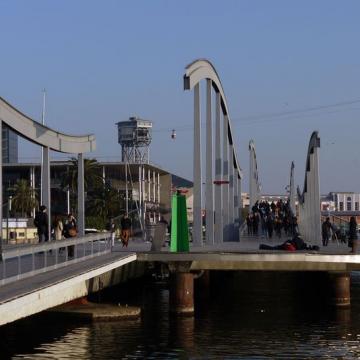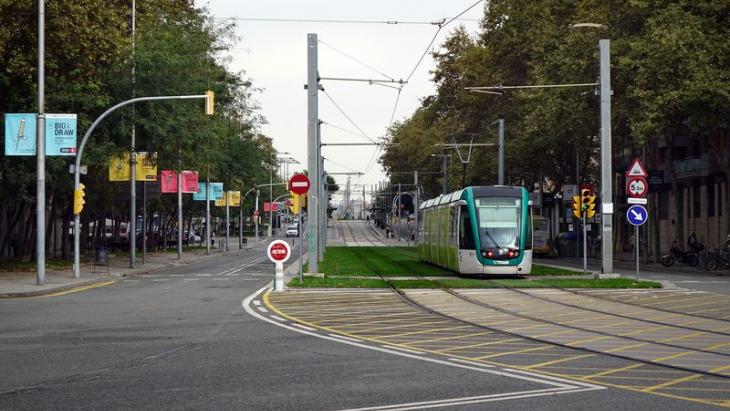Visit and love it
Barcelona with history

Discover the different chapters in Barcelona’s history which over time have shaped the city we know today.
The light of a new era
The introduction of electricity at the beginning of the 20th century marked a new stage in the future of the industrial city. The Companyia Barcelonesa d’Electricitat was set up and by 1925 it was producing a third of all power generated in Spain and 70% of Catalonia's power.
Increasing industrial activity and the continual need for more workers led to the growth of the working class, which showed its discontent with working conditions. At the end of July 1909 a general strike broke out that developed into a popular revolt known as Tragic Week. During several days of social confrontation, churches and convents were burnt and there were fires and looting all over Barcelona. The revolt was put down by the army and 2,500 people were arrested. But the social unrest continued and the consolidation of the labour movement led to important gains, notably the introduction of the 8-hour day.
-
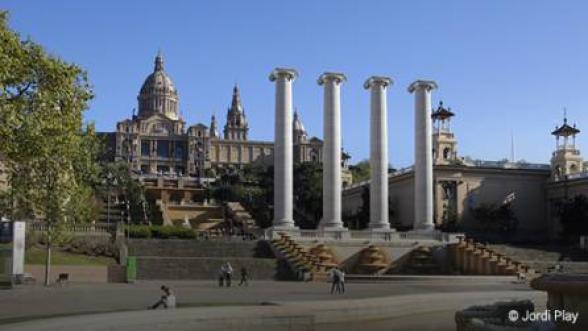 International Exposition of 1929
International Exposition of 1929The International Exposition of 1929 meant the transformation of Montjuïc, the fair site, where the Palau Nacional became the main focus with the Magic Fountain at the forefront.
-
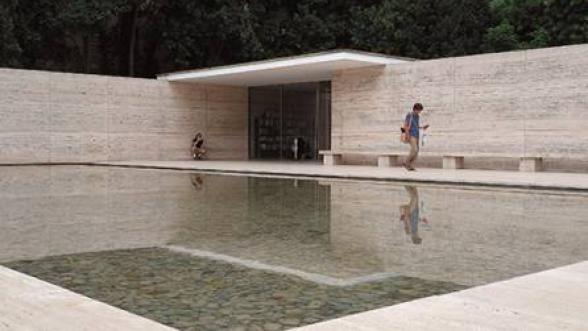 Pavelló Mies Van der Rohe
Pavelló Mies Van der RoheThe German national pavilion at the International Exposition held in Barcelona in 1929, designed by Mies Van der Rohe, is today an architectural icon of the Modern Movement.
-
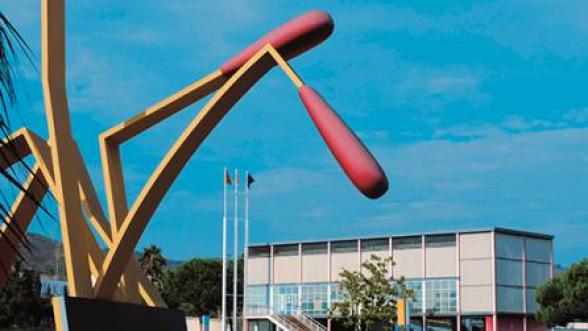 Pavelló de la República
Pavelló de la RepúblicaThis replica of the Spanish Republic's pavilion at the Paris Universal Exposition in 1937 houses the Centre for International History Studies and a library that specialises in the Second Republic.
-
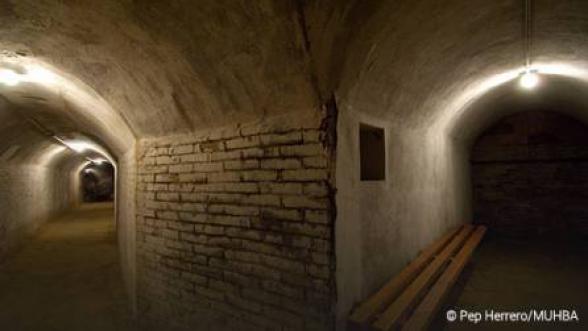 Refugi 307
Refugi 307Refugi 307 in Poble-sec is one of 1,300 air-raid shelters the people of Barcelona had to build during the Civil War. Today it is a Museu d’Història de Barcelona heritage site and the museum organises guided tours.
-
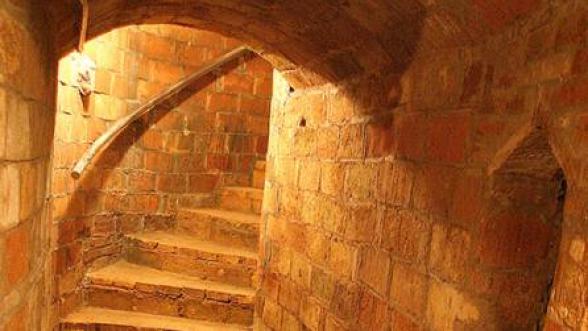 Air-raid shelter in Plaça del Diamant
Air-raid shelter in Plaça del DiamantOne of the biggest air-raid shelters built in Barcelona during the Civil War was the Plaça del Diamant shelter in Vila de Gràcia. The Taller d’Història de Gràcia organises guided tours.
-
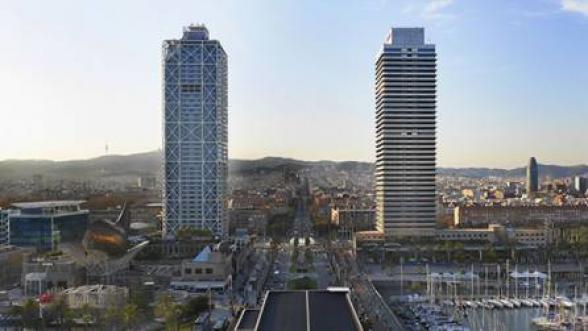 Barcelona 1992 Olympic Games
Barcelona 1992 Olympic GamesThe city was transformed to host the Summer Olympics. The Olympic Ring on Montjuïc was the epicentre of Barcelona 92, which was watched enthusiastically throughout the city's metropolitan area.
-
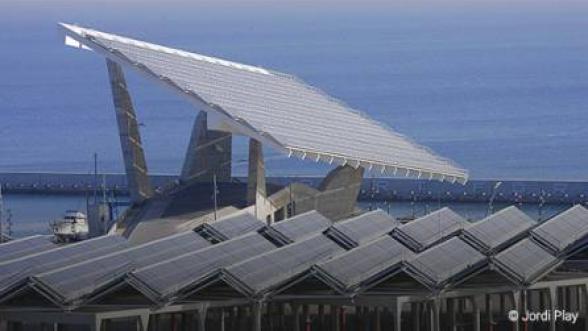 2004 Forum of Cultures
2004 Forum of CulturesIn 2004, Barcelona held the first Universal Forum of Cultures, an international event that explored cultural diversity and was held at a new site, the Fòrum.
-
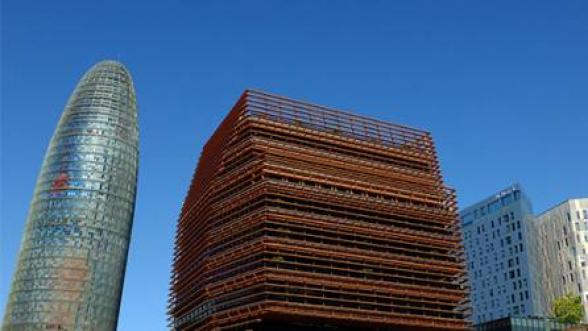 Districte 22@
Districte 22@Barcelona's knowledge district is the most important urban development of recent years, and one of the most ambitious of its kind in Europe.


